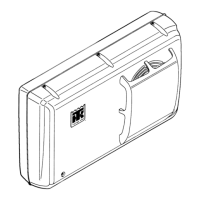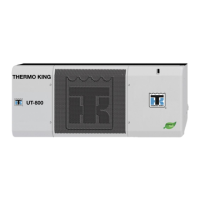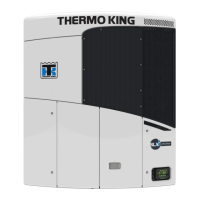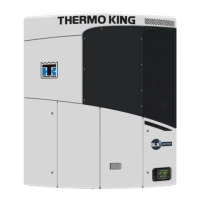Refrigeration Maintenance and Service Operations
139
Evacuation and Cleanup of the
Refrigeration System
Whenever contaminants have entered the system,
a thorough clean up is required to prevent damage
or loss of compressor.
It is well known by the refrigeration service
industry that the purpose of evacuation is to
remove moisture and air from the refrigeration
system before charging with new refrigerant after
a system has been opened. The importance of
thorough evacuation and system preparation
cannot be over emphasized. Even infinitesimal
quantities of air or moisture in a system can cause
severe problems.
We know that the presence of moisture, oxygen,
and heat under certain conditions can result in
many forms of damage. Corrosion, sludge, copper
plating, oil breakdown, carbon formation, and
eventual compressor failure can be caused by
these contaminants.
Things that will contaminate a system are (in
order of importance):
• Air — with oxygen as a contaminant: Oxygen
in the air reacts with the oil. The oil begins to
break down and can eventually lead to
carbonization in the compressor and acid
buildup. The longer this breakdown process
goes on, the darker the compressor oil
becomes until finally the color is black
indicating major system contamination.
• Moisture: Moisture in a system will cause
metal corrosion and metal plating. It can
freeze in the expansion valve and cause
intermittent operational problems. It reacts in
the oil to begin acid buildup.
• Dirt, Dust, Metal Particles, other Foreign
Materials: Particles of any kind left to float
through the system will cause severe damage
to all close tolerance items. Do not leave a
system open to the infiltration of dirt. If you
must open a system for any reason, seal off the
open areas as soon as possible and do not
work in a dirty environment.
• Acid: Air and moisture cause a chemical
breakdown of the oil and/or the refrigerant
itself. The acid will accelerate the
deterioration of the softer metals (i.e., copper)
and cause metal plating as the softer material
begins to cover the inside of the system. If this
condition is not stopped, it can result in the
total destruction of your equipment.
Compressor Oil Color Code
• Black Oil — indicates carbonization caused
by air in the system.
• Brown Oil — indicates copper plating caused
by moisture in the system.
• Gray or Metallic Oil — indicates bearing wear
or piston scoring.
NOTE: If the compressor oil is discolored,
perform a compressor oil acid test (refer to Tool
Catalog for oil test kit). If the compressor oil
shows an acid condition, change the oil, the
in-line oil filter, the filter drier and perform a
refrigeration system cleanup.
Unit Preparation and Hookup
1. Recover all refrigerants from the unit and
reduce the unit pressure to the proper level
(US Federal Law requires a -17 to -34 kPa,
-0.17 to -0.34 bar, 5 to 10 in. vacuum that is
dependent upon the recovery equipment
used).
2. Break vacuum with refrigerant and equalize
system pressure to 0 kPa, 0 bar, 0 psig.
Replace the liquid line filter drier if necessary.
NOTE: Replace the one-piece filter drier
when major system contamination requires
evacuation and cleanup of the refrigeration
system.
CAUTION: Do not attempt to evacuate a
unit until it is certain that the unit is leak
free. A unit with less than a full charge of
refrigerant should be thoroughly leak
tested. Any leaks found must be repaired.
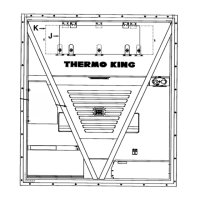
